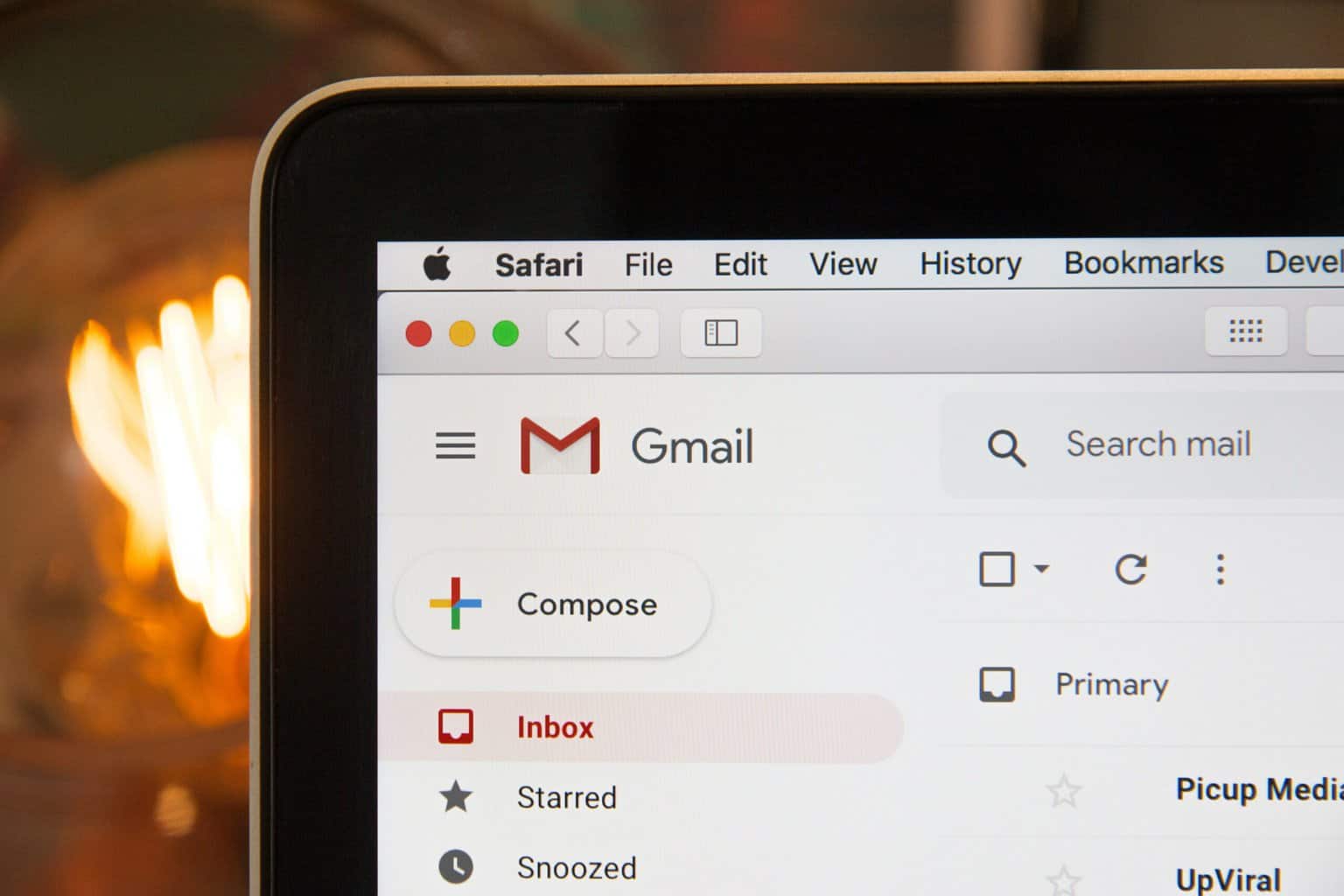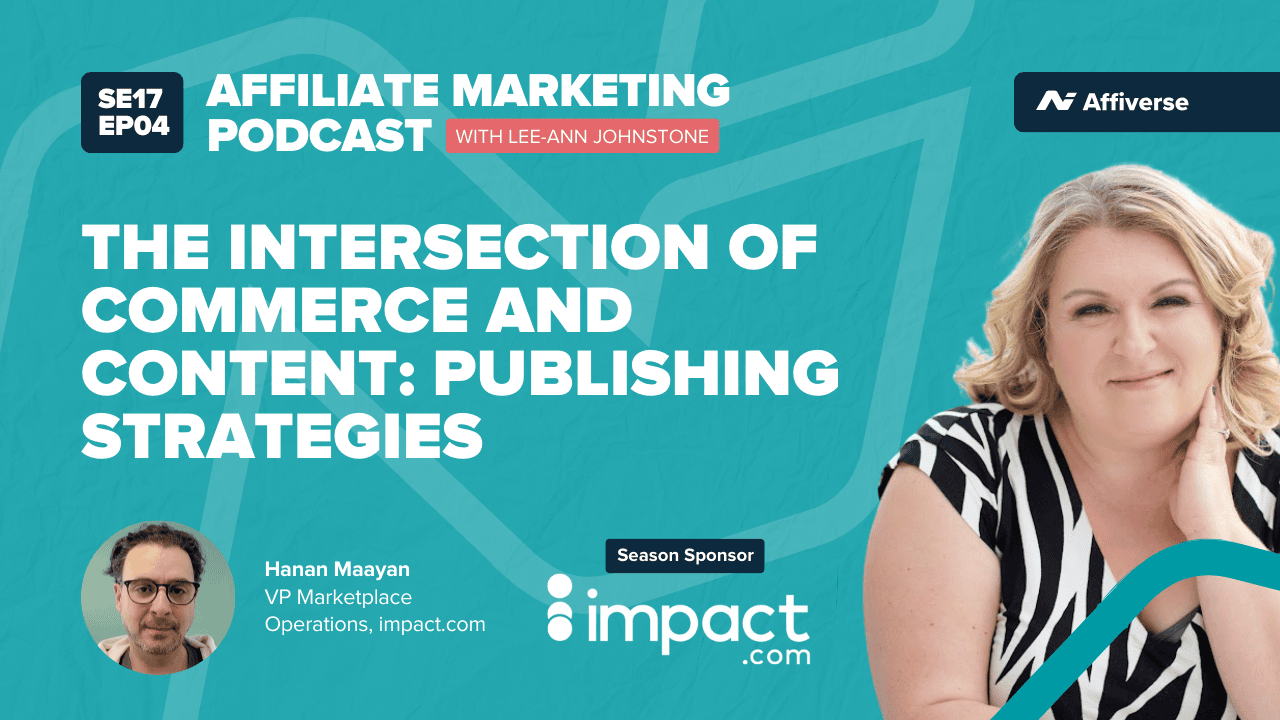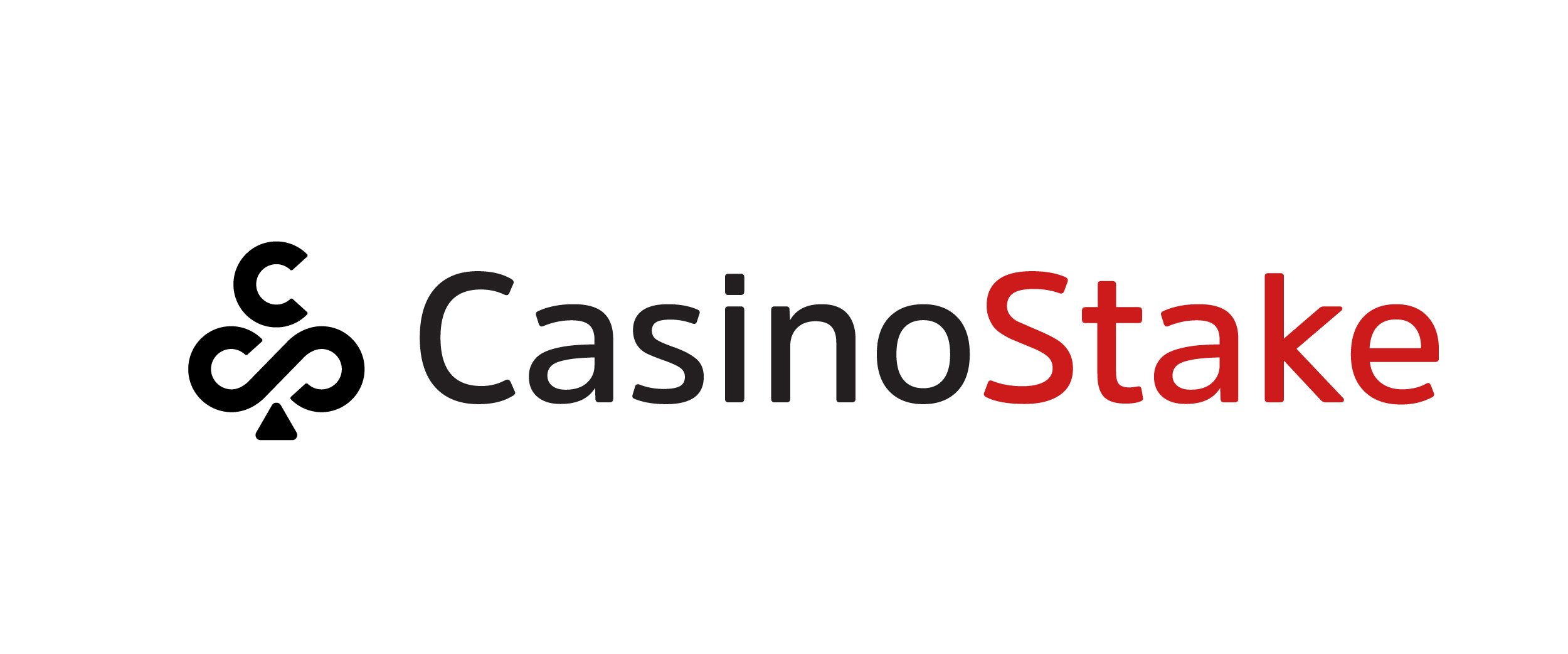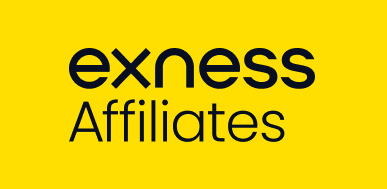In an effort to improve inbox quality, Gmail and Yahoo! are cracking down on bulk email senders who cause users to mark emails as spam.
Gmail and Yahoo! will require bulk email senders to authenticate messages. If messages are unauthenticated, they may be blocked as spam. Additionally, senders with high spam complaints may face deliverability issues.
This is a concern for affiliate marketers who might regularly use email marketing as part of their campaigns. According to Campaign Monitor’s 2022 report on the state of email marketing, email generates $42 for every $1 spent, delivering an impressive 4,200% average return on investment.
The rules around email deliverability have often changed to keep up with regulations and offer a better product to the customer. Therefore, it’s important to keep up-to-date with regulations so that your marketing attempts don’t end up in the spam folder of your users.
Easy unsubscription
The first issue is something we’ve all probably encountered: looking for the unsubscribe button. Maybe it’s in tiny typeface or in a colour that isthe same shade as the background, but it’s always a way to get around the mandatory CAN-SPAM regulation that says unsubscribing should be easy but doesn’t specify how.
Yahoo!’s new policy now requires email marketers to honour opt-out unsubscribe requests within five business days or risk deliverability problems. Both Gmail and Yahoo! have announced that there will be a required one-click unsubscribe system, putting into question the idea of subscription preferences which have been a key element of a lot of email campaigns.
Email authentication
The previously “suggested” email authentication hasn’t been mandatory until now. Compliance with authentication protocols like SPF or Sender Policy Framework, DKIM (or DomainKeys), and DMARC (or Domain-based Message Authentication, Reporting and Conformance) verifies senders and builds sender reputation, helping bypass spam filters.
A lot of email marketers might be using one or two of these options, but it is now important to set up all three. Bulk email services that lack proper authentication are more likely to be perceived as suspicious and blocked before reaching the inbox. Authentication helps demonstrate legitimacy. Additionally, messages failing DMARC of SPF checks can be flagged as spoofing or unauthorized use.
For Gmail, senders must also register with the Postmaster tool to monitor spam complaint rates. Registration helps Gmail identify and coach legitimate senders.
Ensure you’re sending wanted email
Like anything Google does, the focus is on the user and the quality of the content getting to the user, so there are new regulations around delivering a quality product, even in marketing emails.
Senders must ensure their email content doesn’t use misleading or deceptive subject lines. Clickbait subject lines tend to get marked as spam. Gmail and Yahoo! recommend senders accurately identify marketing emails by using the “ad” label in subjects.
To aid these requirements, the two companies are creating a spam complaint threshold that is to be followed. This includes the need for bulk senders to keep spam complaint rates under 0.3%.
Conclusion
Following best practices for bulk email outreach, including responsible unsubscribe mechanisms and content, will satisfy new requirements and keep your email marketing efforts going to the eyes of the customer.



















